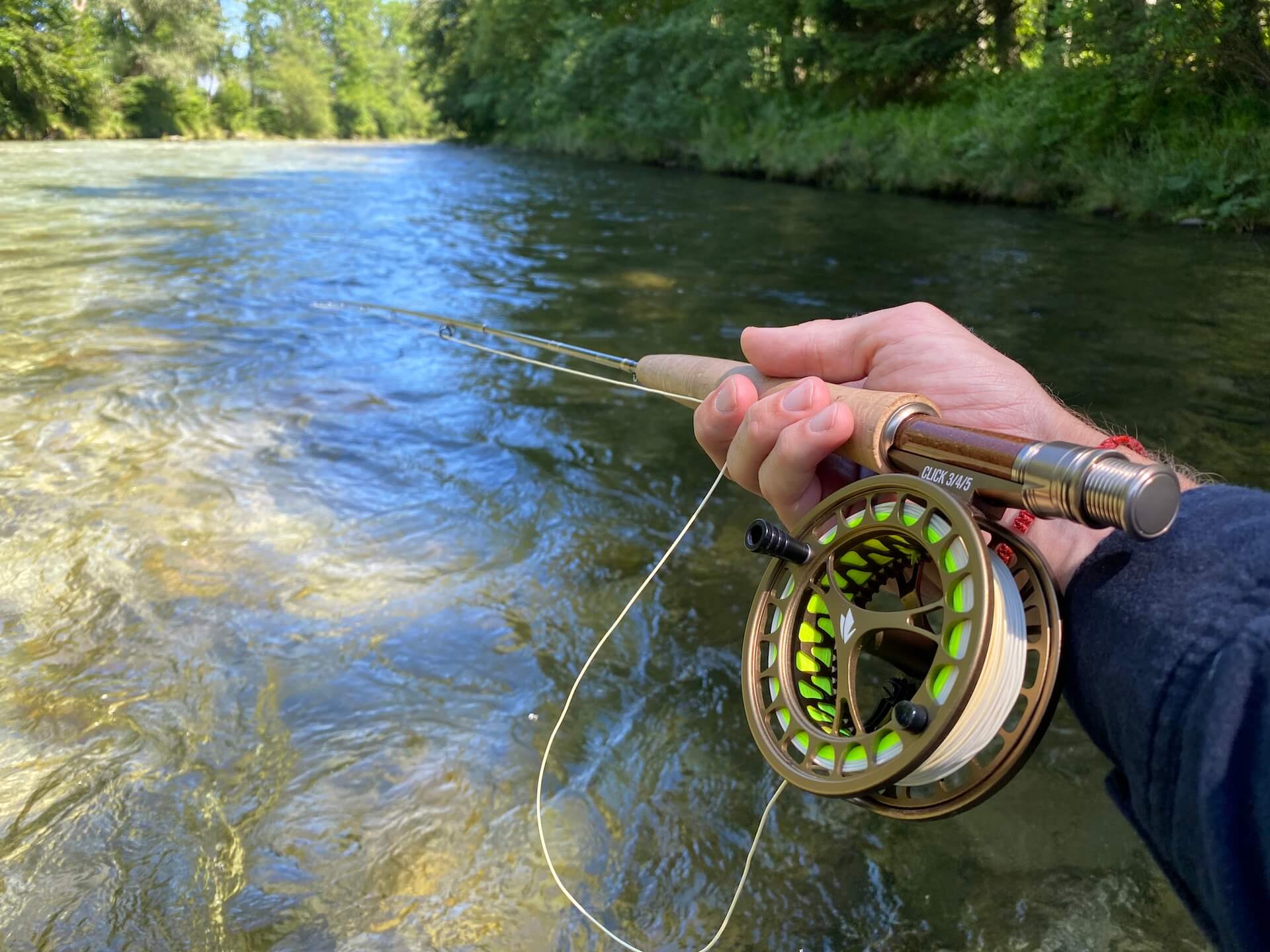Introduction to Fly Fishing for Bass
Fly fishing for bass is a thrilling way to experience freshwater angling, combining the art of casting with the excitement of landing a strong, hard-fighting fish. Unlike other fishing techniques, Fly fishing for bass allows anglers to present a fly with precision, mimicking the natural movement of insects, minnows, or other prey. For both beginners and experienced anglers, understanding the nuances of fly fishing for bass can dramatically improve catch rates and overall enjoyment on the water. The right gear, proper techniques, and knowledge of bass behavior are essential for success.
Choosing the Right Fly Fishing Gear
Selecting appropriate gear is a crucial step when targeting bass. A medium to heavy-action fly rod is often recommended for fly fishing for bass, as these rods provide the strength to cast larger flies and handle the powerful strikes of bass. A matching fly reel with a smooth drag system is necessary to manage long runs and prevent line breakage. Additionally, choosing the right fly line—floating, sinking, or intermediate—depends on the fishing environment and the type of bass you are pursuing. Properly matched gear ensures better casting, improved control, and an overall more enjoyable fly fishing experience.
Best Flies for Fly Fishing for Bass
Using the correct fly is critical for success in fly fishing for bass. Popular choices include poppers, streamers, and soft hackles. Poppers create surface disturbance that can provoke aggressive strikes, while streamers imitate baitfish and are effective for subsurface fishing. Soft hackle flies imitate insects and can be particularly effective during certain seasons. Experimenting with different flies and presentations allows anglers to determine what triggers bass activity in specific waters. Understanding seasonal patterns and water conditions also helps in selecting the most effective flies for fly fishing for bass.
Techniques for Effective Bass Fly Fishing
Mastering various techniques is essential for consistent success in fly fishing for bass. Topwater fishing is a favorite approach, especially early in the morning or late in the evening, where aggressive strikes are visible on the water’s surface. Streamer fishing involves stripping the fly to mimic the movement of small fish, often producing reaction strikes from bass lurking near structures. Sight fishing is another valuable technique, allowing anglers to spot bass in shallow waters and make precise casts. Adjusting retrieval speed, using pauses, and varying presentations are all critical tactics in fly fishing for bass.
Understanding Bass Habitat
Knowing where bass like to hide is vital for productive fly fishing for bass. Bass often inhabit areas with cover, such as submerged logs, rocks, weeds, and overhanging vegetation. Shallow waters are preferred during spawning seasons, while deeper structures provide refuge during hot summer months. Learning to read the water, identify potential ambush points, and anticipate bass movements can greatly enhance your chances of landing fish. Understanding these habitats not only improves success but also deepens your appreciation for the behavior and patterns of bass in freshwater ecosystems.
Seasonal Considerations for Bass Fishing
Different seasons affect bass activity, making seasonal knowledge crucial for fly fishing for bass. In spring, bass move to shallow waters for spawning, offering excellent topwater opportunities. Summer brings warmer waters, prompting bass to seek deeper structures, requiring sinking lines or weighted flies. Fall often results in active feeding as bass prepare for winter, providing aggressive strikes near feeding zones. Winter can be more challenging, with bass becoming sluggish, necessitating slower presentations and precise fly selection. Adjusting techniques and gear according to seasonal behavior maximizes productivity in fly fishing for bass.
Casting Tips and Tricks
Accurate casting is the cornerstone of effective fly fishing for bass. Practicing different casting techniques, such as roll casting, overhead casting, and sidearm casting, ensures precise fly placement. Maintaining a smooth line flow and controlling slack are essential for proper presentation. Using longer casts when necessary and keeping the fly close to potential cover can trigger strikes. By refining casting skills, anglers improve their efficiency and increase the chances of success in fly fishing for bass.
Catch and Release Practices
Ethical fishing practices are important in fly fishing for bass. Practicing catch and release helps preserve bass populations and ensures sustainable fishing for future generations. Handling fish carefully, using barbless hooks, and minimizing air exposure are all key practices. Releasing bass promptly back into the water while supporting their body ensures minimal stress and higher survival rates. Incorporating responsible techniques strengthens conservation efforts and allows anglers to enjoy fly fishing for bass while protecting natural resources.
Conclusion
Fly fishing for bass is an exhilarating experience that combines skill, patience, and a deep understanding of bass behavior. By choosing the right gear, mastering effective techniques, selecting appropriate flies, and respecting ethical practices, anglers can significantly improve their catch rates. Understanding seasonal patterns, bass habitats, and proper casting methods further enhances the overall fly fishing adventure. Whether you are a seasoned angler or a beginner, dedicating time to learn and refine these elements will make your fly fishing for bass outings more successful and rewarding.




